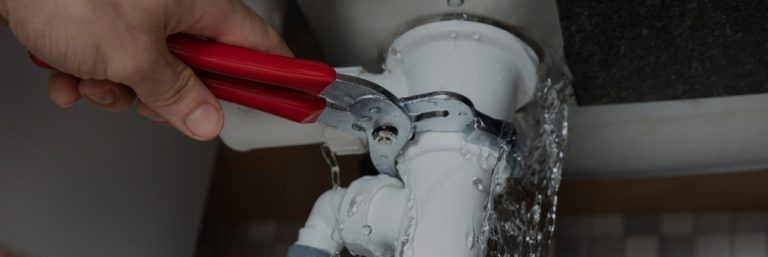Exactly how to Examine If Your Home Has a Surprise Leak
Exactly how to Examine If Your Home Has a Surprise Leak
Blog Article
This post following next about Finding hidden leaks is really attention-grabbing. You should read it.

Early discovery of leaking water lines can alleviate a possible catastrophe. Some little water leaks may not be noticeable.
1. Analyze the Water Meter
Every home has a water meter. Examining it is a surefire way that aids you uncover leaks. For starters, switch off all the water sources. Make sure nobody will certainly flush, utilize the tap, shower, run the washing maker or dishwasher. From there, go to the meter and also watch if it will alter. Given that no person is using it, there ought to be no activities. That shows a fast-moving leak if it moves. If you identify no adjustments, wait an hour or two and examine back again. This implies you might have a slow-moving leakage that can even be underground.
2. Check Water Intake
Evaluate your water costs as well as track your water intake. As the one paying it, you should observe if there are any inconsistencies. If you detect sudden changes, in spite of your intake being the same, it means that you have leaks in your plumbing system. Keep in mind, your water costs should drop under the very same range each month. An abrupt spike in your bill indicates a fast-moving leak.
At the same time, a stable rise monthly, despite having the exact same habits, shows you have a sluggish leak that's likewise slowly rising. Call a plumber to extensively inspect your building, especially if you really feel a warm area on your floor with piping underneath.
3. Do a Food Coloring Test
When it comes to water usage, 30% originates from commodes. Test to see if they are running appropriately. Drop flecks of food shade in the storage tank as well as wait 10 minutes. If the shade somehow infiltrates your dish during that time without flushing, there's a leak in between the storage tank as well as bowl.
4. Asses Exterior Lines
Don't forget to check your exterior water lines also. Examination spigots by attaching a yard hose. Ought to water permeate out of the connection, you have a loosened rubber gasket. Replace this and also make certain all connections are limited. It will certainly assist obtain it skillfully took a look at as well as kept annually if you have actually got a sprinkler system. One little leakage can squander lots of water and surge your water costs.
5. Examine and also Analyze the Circumstance
Property owners ought to make it a behavior to inspect under the sink counters as well as even inside cupboards for any type of bad odor or mold and mildew development. These 2 red flags suggest a leakage so timely attention is needed. Doing routine inspections, even bi-annually, can save you from a major issue.
Check for stainings as well as compromising as most devices and pipelines have a life span. If you presume dripping water lines in your plumbing system, don't wait for it to escalate.
Early detection of leaking water lines can alleviate a prospective disaster. Some small water leakages may not be visible. Checking it is a proven means that aids you uncover leaks. One small leakage can squander bunches of water and increase your water costs.
If you believe leaking water lines in your plumbing system, don't wait for it to rise.
WARNING SIGNS OF WATER LEAKAGE BEHIND THE WALL
PERSISTENT MUSTY ODORS
As water slowly drips from a leaky pipe inside the wall, flooring and sheetrock stay damp and develop an odor similar to wet cardboard. It generates a musty smell that can help you find hidden leaks.
MOLD IN UNUSUAL AREAS
Mold usually grows in wet areas like kitchens, baths and laundry rooms. If you spot the stuff on walls or baseboards in other rooms of the house, it’s a good indicator of undetected water leaks.
STAINS THAT GROW
When mold thrives around a leaky pipe, it sometimes takes hold on the inside surface of the affected wall. A growing stain on otherwise clean sheetrock is often your sign of a hidden plumbing problem.
PEELING OR BUBBLING WALLPAPER / PAINT
This clue is easy to miss in rooms that don’t get much use. When you see wallpaper separating along seams or paint bubbling or flaking off the wall, blame sheetrock that stays wet because of an undetected leak.
BUCKLED CEILINGS AND STAINED FLOORS
If ceilings or floors in bathrooms, kitchens or laundry areas develop structural problems, don’t rule out constant damp inside the walls. Wet sheetrock can affect adjacent framing, flooring and ceilings.
https://www.servicemasterbyzaba.com/blog/how-to-detect-water-leakage-in-walls/

We hope you liked our excerpt about Hacks to detect leaks. Thanks for taking time to browse our posting. If you enjoyed our blog entry please make sure you remember to pass it around. I take joy in reading our article about Finding hidden leaks.
Report this page